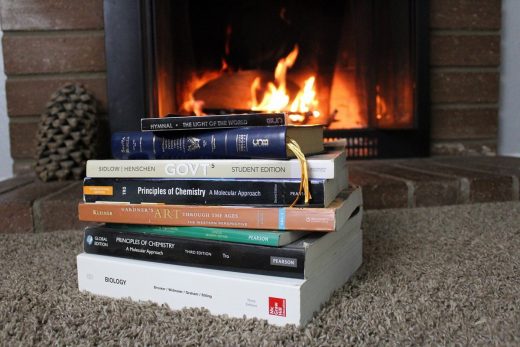3 things to know when buying a furnace guide, Home heating advice, Online property warmth tips
The 3 Things You Need to Know When Buying a Furnace
10 Sep 2021
As the end of the year fast approaches, so does the winter season. With that comes the biting cold that may necessitate the installation of a new heating system and/or replacement of the current one.
If you are in the market in search of a new furnace, you can be overwhelmed by the sheer breadth of options at your disposal. Good thing is you can improve your chances of making the right choice if you understand what is available to you and how it matches your needs. Better yet, work with an expert furnace technician such as https://www.summersphc.com/kokomo/services/heating/
Before you make a decision to purchase a particular furnace, pay attention to the following three things.
1. There are Four Major Types of Furnaces Based on Fuel Source
Furnaces in the market today largely fall into four main categories based on what fuel they use. That is, electric, natural gas, oil and propane. Each of these uses a different technique to heat the air. You will want to consult with professionals like FSI Oil and Propane before you make a decision on which furnace you would like to install as depending on your home there may be some that are not suitable.
Electric Furnace
Electric furnaces draw the room’s cold air into an exchanger. Here, it is heated over electricity powered heating elements. The warm air is pushed into the room via the ductwork. Electric furnaces are cheapest to purchase but expensive to operate. They are easy to install and maintain.
As far as health and environment concerns go, they do not produce any carbon monoxide and are therefore safe.
Natural Gas Furnace
A natural gas furnace ignites natural gas within the furnace’s burner. The flames heat the metal heat exchanger that then heats up the cold air received via the ductwork. A blower pushes the warm air into the home via the ductwork.
Natural gas furnaces need a flue to ensure poisonous gases safely exit your home. They cost more to buy than an electric furnace but are cheaper to run and will heat cold air quicker.
Oil Furnace
The working of an oil furnace is similar to that of a natural gas furnace. Except in this case it uses oil. An oil furnace heats a room faster than a natural gas furnace since oil burns at a higher temperature. The main drawback is you need an oil tank which would usually have to be buried near the home.
Propane Furnace
A propane furnace uses a similar mechanism as a natural gas furnace. It however does not require a flue. You may instead fit a direct vent next to it on an exterior facing wall.
Propane furnaces are more efficient than natural gas furnaces. You use less propane to get the same warmth as you would a natural gas furnace.
2. How Many Heating Stages Do You Need?
When it comes to the number of heating stages your furnace can have, you have three options. That is, single stage heating, multistage heating and modulating heating.
Single Stage Heating
Many older furnaces will employ the single stage heating technique. For these furnaces, there’s only one type or size of flame that’s switched either on or off. The thermostat isn’t precise. Because a single stage heating furnace has only one flame setting, it will turn on and off repeatedly throughout the day depending on temperature fluctuation.
Multistage Heating
These furnaces have two flame sizes. There is a larger flame for cold weather and a smaller one for more mild weather. The two flame sizes make these furnaces more precise than their single stage heating counterparts.
Modulating Heating
Modulating heating furnaces are the most accurate ones in the market. They have the ability to control flame size in order to conform to the exact temperature required by the thermostat. As you would expect, modulating heating furnaces are the most expensive.
3. How Much Will a New Furnace Cost?
The cost of a new furnace will primarily depend on fuel source and the number of heating stages. You can expect a mid range furnace to cost anywhere between $1,500 and $6,000. Higher end models may exceed $10,000.
When buying a furnace, you need to look beyond the initial purchase price. Think about the cost of fuel, maintenance and installation. A furnace that appears the least expensive at the point of purchase could be the most expensive over the course of 10 or 15 years of operation.
Also, pay attention to the expenses incurred to establish the supporting structures such as ductwork, vents, chimneys and humidifiers. Only when you have factored all these can you have a realistic cost comparison between different furnace models.
Which Is Best for You?
There is no one-size-fits-all furnace. A furnace that may be the perfect choice in one home could be woefully inadequate in a different setting. For best results, have a licensed technician come inspect your house. You can express your concerns to them about your current heating system if you have one. Thereafter, they can provide a professional opinion on the furnace they deem best for your home as per your budget.
Comments on this guide to 3 things to know when buying a furnace article are welcome.
Energy at Home
Home Energy Posts
Calling For Furnace Repairs In Carmel, IN
How building design impacts energy efficiency
5 Ways to Conserve Energy at Home
Building Articles
Residential Architecture
Comments / photos for the 3 things to know when buying a furnace advice page welcome






